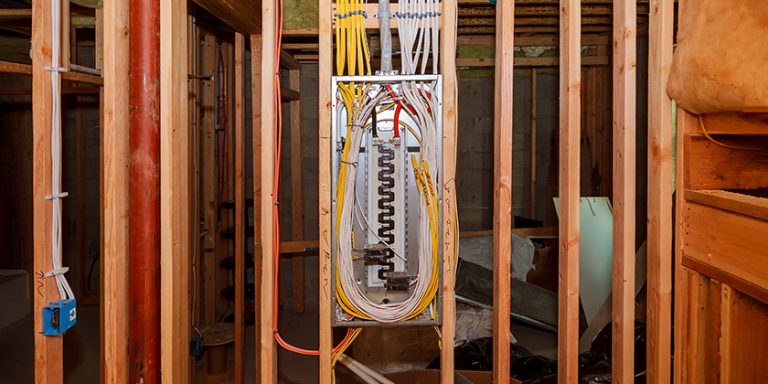Customers from Hell: Five Do’s and Don’ts for Calming Cranky Customers

Feb 3, 2019
By Jeff Mowatt
Perhaps you’ve noticed that customers are becoming increasingly hostile. Case in point was the highly publicized incident where a patron in a fast food restaurant became so enraged that he attacked the restaurant manager. The customer spilled his coffee on his breakfast and when the manager refused to replace the meal, the ensuing argument led to violence that ended with the customer being arrested.
It seems in our fast-paced frenetic world customers are now more tired, rushed, stressed, and downright fed up. That’s why in my customer service seminars both managers and frontline employees frequently ask me how to handle the proverbial customer from hell. Here are five do’s and don’ts for calming cranky customers.
1. Do consider the big picture. Don’t focus on the single transaction
The fast food fisticuffs could have been avoided if the restaurant manager (better yet the frontline employee) would have cheerfully replaced the patron’s meal for free. The incremental cost to the restaurant would have been nominal, and the loyalty and subsequent return on investment would have been substantial. Instead, the manager took the low road and focused on the cost of the meal and the fact that it wasn’t the restaurant’s fault. The guy should have been a litigator; he certainly wasn’t a business person.
2. Do acknowledge feelings. Don’t say, “Calm Down.” Ever
Can you think of a single example in the history of the world when telling somebody to calm down did anything other than make things worse? Me neither. It’s never appropriate to tell someone how they should feel. On the contrary, you’ll improve their demeanour by validating their feelings with empathic statements like, “That sounds frustrating.”
3. Do ask the four Ws. Don’t ask “Why”
When a customer has a problem and you need the pertinent details, ask the four Ws: who, what, where, and when. But avoid asking why. Generally, the response to why something went wrong is that someone was inept. Imagine asking a customer, “Why didn’t you read the instructions?” This is not constructive and just makes things worse.
4. Do apologize for foul-ups. Don’t over explain
Over the 20 years that I’ve written and delivered customized customer service seminars, I’ve discovered that the main reason customers become irritated is simple — the organization broke a promise, one that was either expressed or implied. Telling a customer, “I’ll call you back,” then neglecting to do so is called lying. If we normally complete a project in three days, and this time it takes three weeks, we are now breaking an implied promise. In both cases the customer didn’t get what they expected so we need to apologize. It’s also helpful to give them something extra to make up for the customer’s hassle factor. If there are extenuating circumstances, then give the customer a brief explanation. But keep it short. Going into lengthy details about why you couldn’t keep your end of the bargain sounds like trying to rationalize poor service. It only makes matters worse.
5. Do be respectful. Don’t become a doormat
Some customers are not at their best when they get angry. They can shout, swear, cry, or become abusive. That does not give us license to react in kind. We do need to be respectful. We don’t need to kowtow. Imagine a customer, upset about a late delivery, swearing at a supplier on the phone. In that case the supplier would do well to respond with something like, “Sir, I want to help you. Using that language however, is preventing me from focusing on resolving this issue. So I’m going to ask you to stop using that language so we can focus on fixing the problem.” If the customer continues with the verbal abuse, close the conversation with, “Sir, as I explained earlier I want to help you, but I can’t help you when you’re using that kind of language. I’m going to hang up now, but please call back when you can talk to me without using that language. Goodbye.” Then go immediately to your supervisor and give them the details of the conversation. That way, they’ll be forewarned when the customer calls back demanding to talk with the manager.
Bottom line: have some empathy
Who among us can claim that as a customer, we’ve never been terse or worse with a service representative who was in no way responsible for the foul-up? Some customers are cranky because stuff happens in their lives that has nothing to do with you. So before becoming too self-righteous or casting proverbial stones at those miserable customers, we’d do well to put ourselves in their shoes.
It’s also worth remembering that if work was supposed to be fun they wouldn’t need to pay us. Dealing with upset customers sometimes comes with the territory. Fortunately, by learning to handle difficult customers well, you’ll make them even more loyal than before the foul-up. That makes the job less stressful and more rewarding for everyone.
This article is based on the bestselling book, Influence with Ease by Hall of Fame motivational speaker, Jeff Mowatt. To obtain your own copy of his book or to inquire about engaging Jeff for your team, visit www.jeffmowatt.com.
















